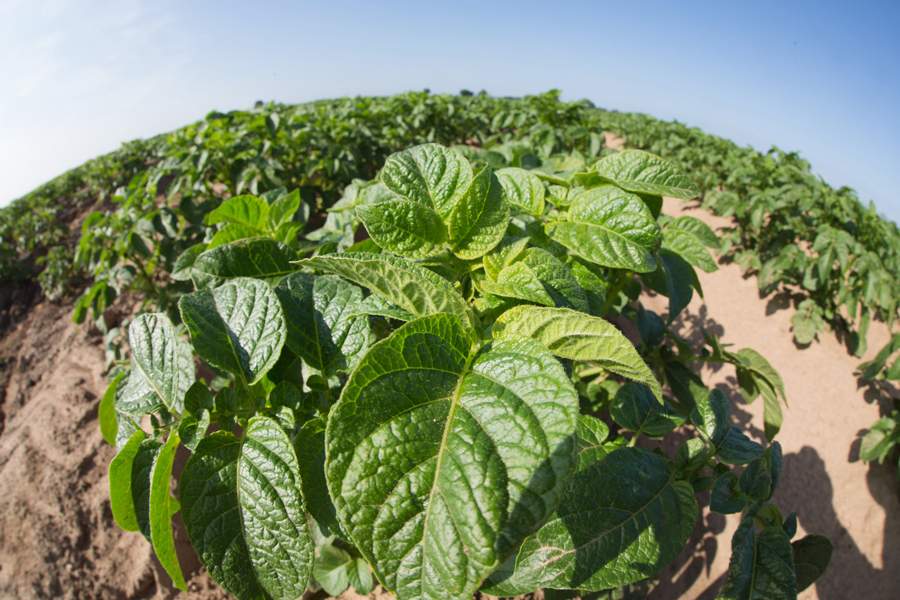BlightCast 2020 vision
23rd April 2020
Syngenta BlightCast is now live and running for the 2020 season, to give potato growers and agronomists a clear picture of impending blight pressure and risks – in time to make active application decisions.
Syngenta BlightCast is now live and running for the 2020 season, to give potato growers and agronomists a clear picture of impending blight pressure and risks – in time to make active application decisions.
Register now for free five-day localised blight forecasts and available spray windows, to keep blight programmes on track this season.
Recognising the risk posed by more aggressive blight genotypes, Syngenta BlightCast now focusses the Hutton Criteria as the factors for five-day forecasts. Hutton Criteria is believed to better reflect weather conditions where new strains of blight can actively develop, by reducing the period of relative humidity at 90 per cent or above down to six hours, from an eleven hour period used to trigger a Smith Period.
Experience of previous seasons at the Eurofins trials site in Derbyshire has demonstrated the effectiveness of new Hutton Criteria in forewarning blight outbreaks, reported Syngenta potato specialist, Rob Farrow.

Syngenta potato specialist, Rob Farrow.
“BlightCast showed the first Hutton Criteria hits for the site were on the 16th August, but no Smith Periods were triggered until 24th August; in that time the visual assessment of blight inoculated trials went from virtually nothing detectable to widespread infection.”
Furthermore, Syngenta remote sensing of the trials’ site crop health using aerial imagery clearly indicated when and where infection was running through untreated plots.
“Growers and agronomists can use this information for better timing of Revus applications, to help protect from foliar blight more effectively,” Rob advocated.
BlightCast uses a combination of recent weather data and predicted local forecasts to give an early warning of disease pressure periods – in time to take action and get appropriate treatments in place.
“The evolution of more aggressive genotypes of potato late blight has highlighted the need for accurate timing and more robust control strategies with all applications,” he added.
Trial results last year showed that Revus was inherently active on all blight genotypes present, including EU36_A2. An independent trial at Eurofins had been inoculated with Pink 6_A1; Blue 13_A2 and Green 37_A2, however subsequent analysis by James Hutton Institute showed that EU36_A2, which infected naturally, was the dominant late blight genotype in infected plots. The active mandipropamid provided consistently high levels of control throughout the season and blight pressure.
See the results and latest recommendations for Revus applications in this year’s programmes.
“Better understanding of the specific blight pathogens, using new technologies to manage the risk of infection and improved way of applying the fungicides will all help to ensure we can stay ahead of attacks in the future,” Rob advised.

